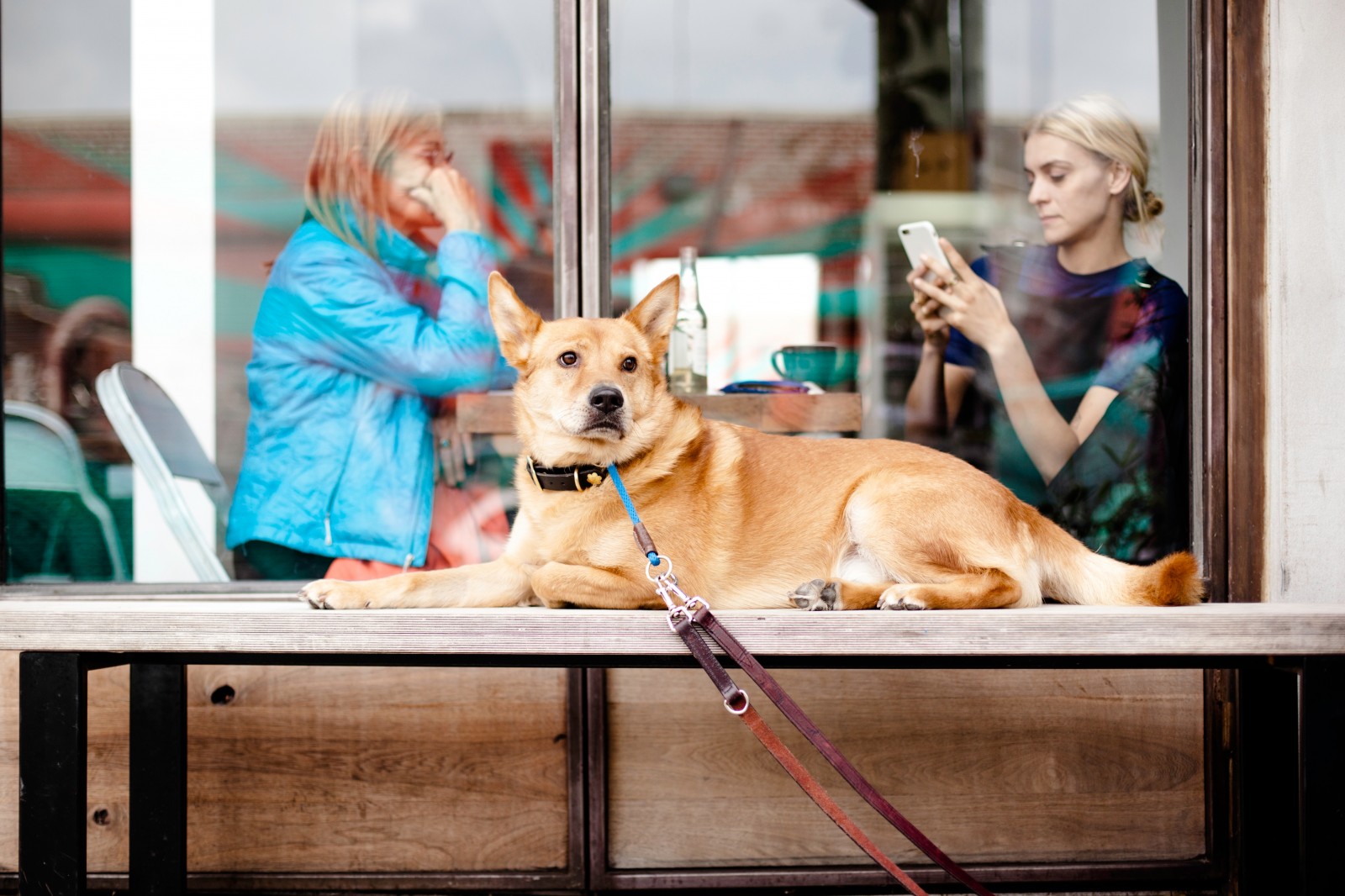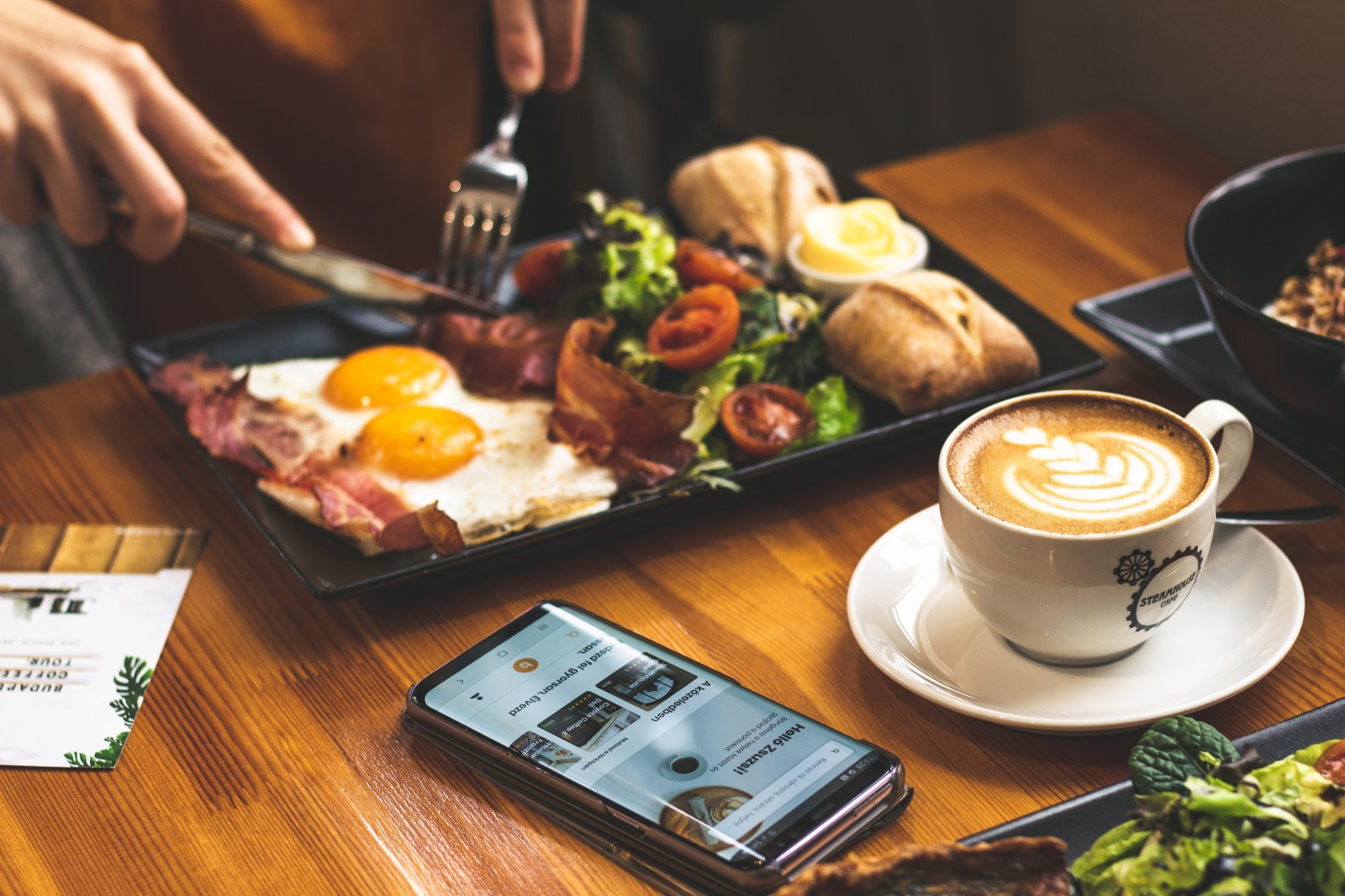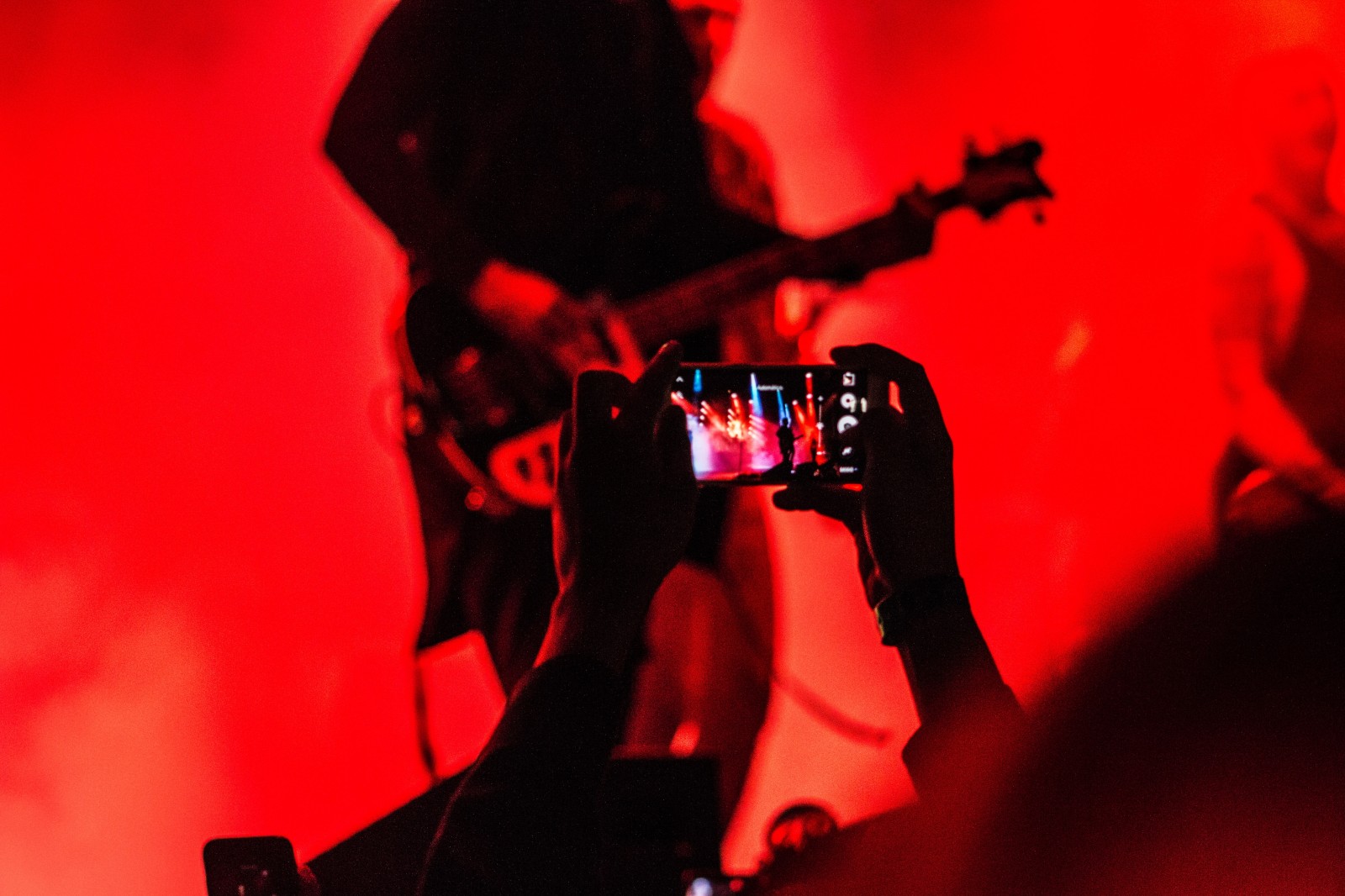For those just entering the profession, UI/UX may seem like a simple craft with no real depth. Just make it convenient, make it clear. But we argue: UI/UX changes habits and people’s lives. And we prove it with examples from Starbucks, Yelp, and Amazon. Let these examples inspire you.
UI/UX: your inventions can change the world
If you want to change the world through design – rethink and enhance familiar processes. For example, like Starbucks did with its food ordering mechanism. In the coffee shop’s app, users don’t need to scroll through the menu or type in the name of a drink or dessert to order it. The app itself shows what the user is most likely to need.
Starbucks: order food in two swipes
In the Starbucks app, each account’s menu is personalized. There’s a “Favourites” tab where the most frequently ordered items are added. The app remembers user preferences and over time allows ordering food and drinks with just two swipes. The ordering mechanism has been rethought with care for the user. No more scrolling through categories to find a favorite croissant or latte, or using the search bar. The app stores previous orders and favorite items.

Yelp: only the best spots in unfamiliar cities
Once in Warsaw, we went to a coffee shop we found on Google Maps. The reviews seemed fine, but in reality – the music was loud and poppy, we had to ask the barista for a key to the restroom (?), the cappuccino was made with dairy milk instead of plant-based, and instead of a glass of water, we got a bottle of mineral water.
Yelp helps you avoid situations like this. The app collects reviews on all venues and services. It searches for places based on user queries, taking geolocation into account, and sorts the results by rating. In other words, Yelp shows you what’s closest and best.

How is the app different from Google Maps? It’s harder to fake reviews on Yelp. On a company profile in Google Maps, any Gmail user can leave a review. Yelp, however, requires separate registration and Facebook linking. Additionally, the app gathers all information about venues: menu, interior photos, working hours, reviews. Yelp also helps find hospitals and services – from massages and dentists to private schools.
The habit of searching for venues has been reimagined and changed. No need to Google, check the website, Instagram, or Facebook of a place you want to visit. All the info with real reviews is gathered in Yelp.
Amazon: impossible to make a mistake when ordering online
Amazon is the largest online shopping platform. It has a well-implemented "CTRL+Z"-like system for returns and corrections. While placing an order, users can always go back to the previous step and make changes. If, for example, you chose the wrong quantity, color/model, or made a mistake with delivery options – you can adjust things at any stage of the checkout process. The interface remembers entered data and allows edits without resetting the current purchase.
The usual mechanics of error correction have been changed. On most platforms, you’d have to restart the order. On Amazon – you simply go one step back.

Boldness and care for the user
All three examples – Starbucks, Yelp, and Amazon – share the courage of developers to rethink and a desire to make users’ lives easier. The creator analyzes familiar processes, sequences of actions, and simplifies them, removing unnecessary steps.
If you want to learn how to create UX like this – grab your lucky ticket to Thailand . On this course, you’ll get a dose of inspiration, learn to rethink and invent. And you’ll also discover how to earn $3000–5000 freelancing.
